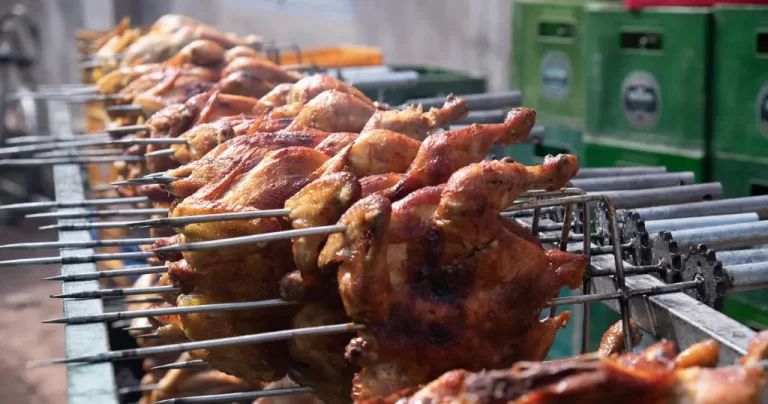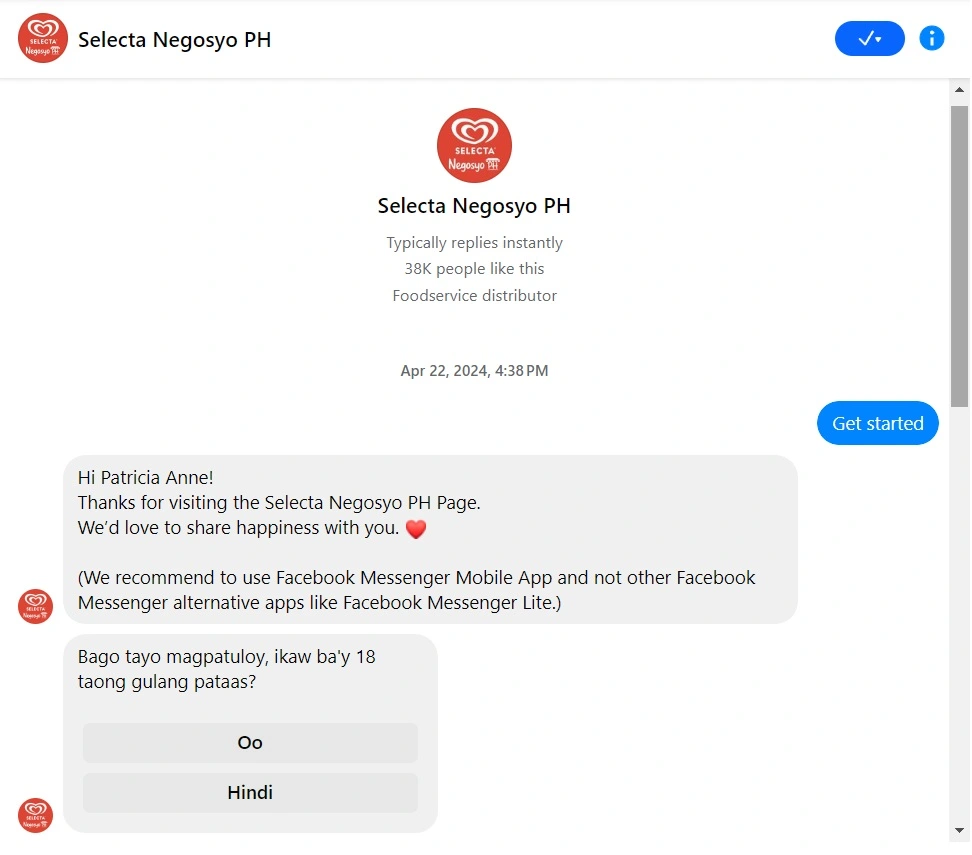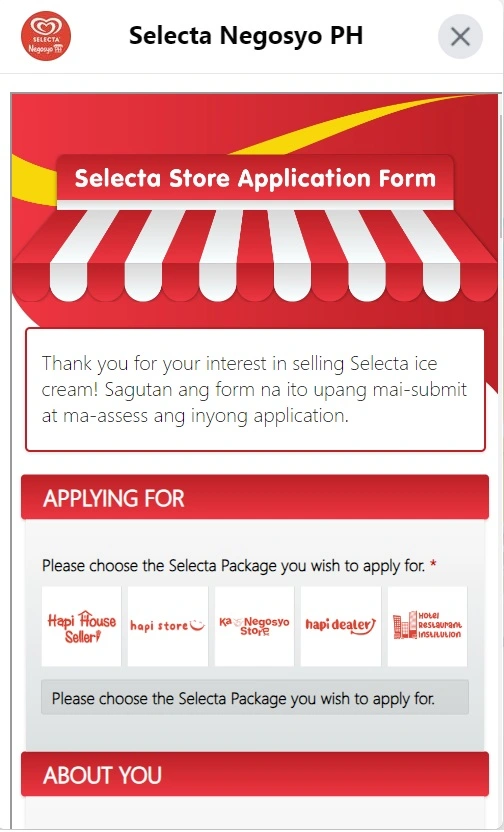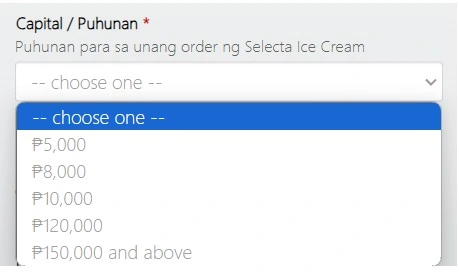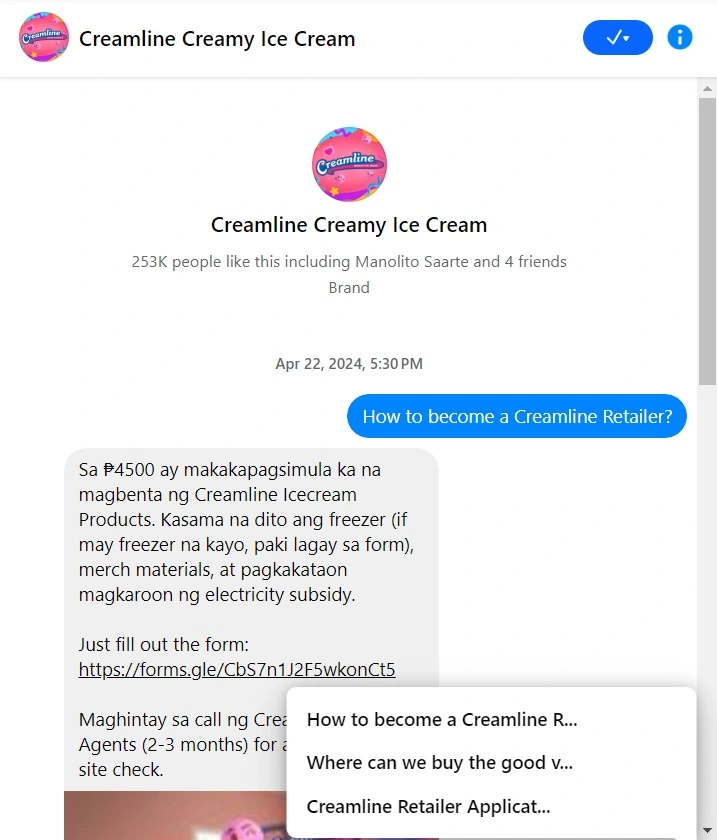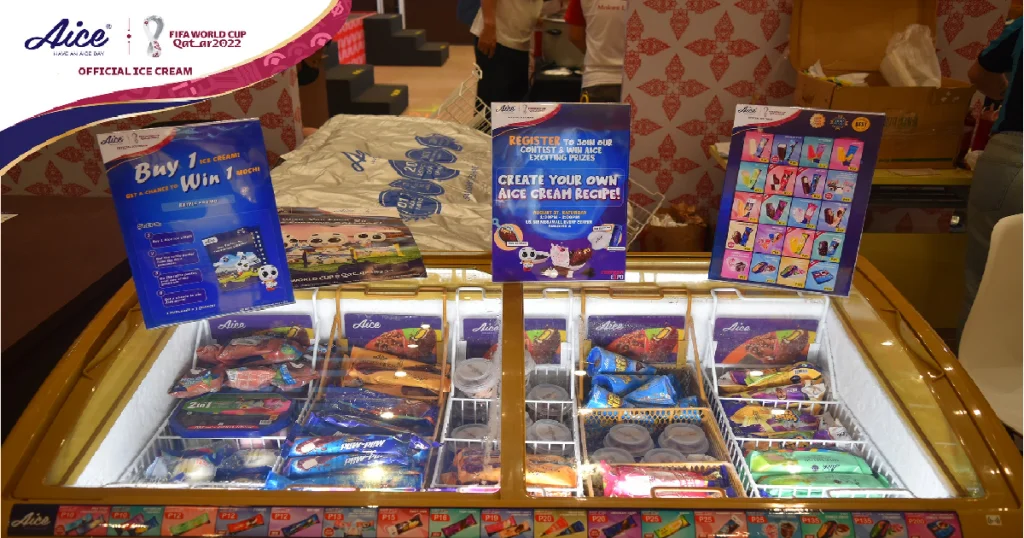Starting your own lechon manok business sounds intimidating, but as long as you have these five essential elements, there’s really nothing to it. Here’s everything you need to prepare:
1.) Lechon manok recipe
Lechon manok, also known as a spit-roast chicken, is a popular Filipino dish you can get almost anywhere. The lechon manok recipe has several versions, but they all have one thing in common–they’re very easy to make.
Ingredients:
- 1 whole chicken
- 3-4 stalks of lemongrass
- Fresh ginger
- 2 tbsp brown sugar
- 2 tbsp soy sauce
- 2 tbsp calamansi juice
- 4 tbsp vegetable oil
- 12 tbsp water
- Black pepper
Procedure:
- Step 1: To make the marinade: Combine lemongrass, ginger, brown sugar, soy sauce, calamansi juice, vegetable oil, water, and black pepper in a blender and blend until all the ingredients are combined. Set aside.
- Step 2: Place the chicken in a deep bowl, add the marinade, and store it in the fridge for 12 to 24 hours. After marinating, you are now ready to grill the chicken.
A good recipe is one of the secrets to a successful lechon manok business. Of course, you can tweak this one according to your preference and the ingredients and spices available in your location.
2.) Lechon manok business plan
Your lechon manok business plan will serve as your guide. It should include a comprehensive breakdown of your goals and how you plan to achieve them.
Your business plan should have the answer to some of these important questions:
- Are you a griller or a roaster?
- How much is your initial capital?
- Are you going to operate from home, or are you going to rent a space?
- Are you offering other products?
- Are you offering delivery and dine-in options?
- Are you hiring a team?
- How do you plan to market your products?
Here’s a lechon manok business plan sample for a fictional business called Mr. Manok:
Mission
Mr. Manok is the Philippines’ next big thing in the lechon manok industry, offering a unique take on the classic lechon recipe.
Our team will go above and beyond to ensure that every dining experience that includes Mr. Manok will be special and memorable.
Mr. Manok will be a part of every Filipino celebration and tradition.
Company and Management
Mr. Manok’s headquarters is in Mandaluyong. It’s a family-owned business that started because of a great love of Filipino dishes.
All family members have taken an active role in ensuring Mr. Manok delivers only quality products and services.
Products
Our company’s main product is the Mr. Manok Lechon Manok Special. It’s a new twist to the classic lechon manok.
What sets our product apart from the other lechon manok dishes is its flavor and juiciness—you won’t find any like it in the market. What’s great is that no matter how often it’s reheated, it remains fresh the way it did when you first bought it.
Our Market
Our customers range from busy moms and dads who do not have time to cook to your average workers who want to celebrate but stay within their budgets.
Our extensive research helped us understand the importance of delivering affordable and delicious products that are perfect for any lunch or dinner table.
You can also add your financial projections, which include your sales projection and how much growth you can expect in the coming years.
3.) Equipment for lechon manok business
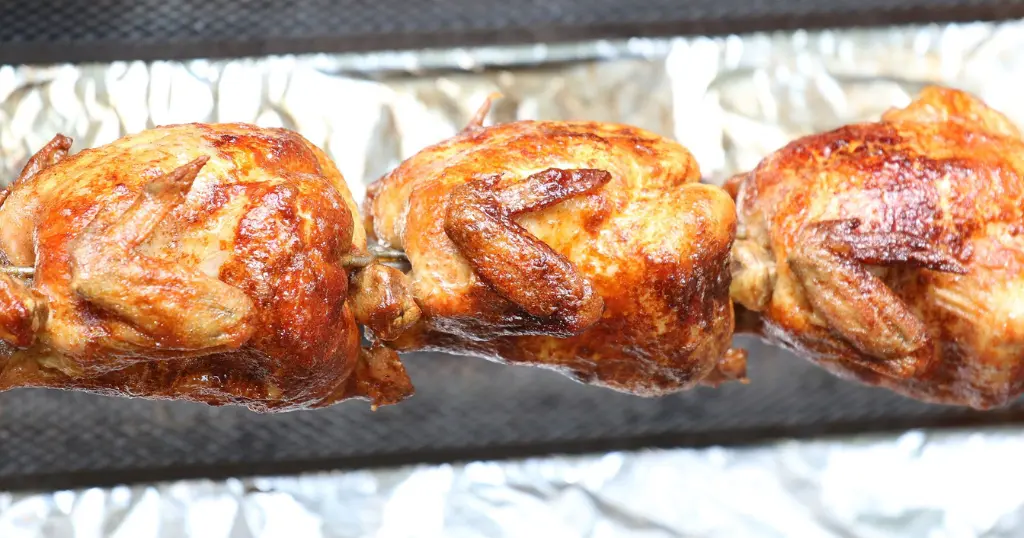
Once you’ve prepared your business plan, you must ensure you have all the necessary equipment for a lechon manok business. Here’s a list of what you’ll need:
Lechon manok grill
If you’re starting your business small, you can get a small lechon manok grill online for Php1,650 to Php3,000. However, these grills can only cook one to two whole chickens. It’s good equipment to get your business off the ground.
However, if you have the capital to go big, you can get a large grill for Php25,000 to Php30,000. These kinds of equipment can cook up to 48 whole chickens.
These grills need to be plugged in to make the skewers turn in place. You need about a sack of coal to cook more than 40 whole chickens.
Depending on your starting capital, you can also start with an air fryer or an oven. Don’t forget tongs and other safety equipment that will allow you to handle hot food.
Your grill will require a good kind of coal. Buying coal in bulk is cheaper than getting it by the bag, so make sure you have a coal supplier.
Cooking equipment
You need a few kitchen tools to prepare your lechon manok. For example, you need blenders where you can make your marinade.
You also need tubs or food-grade plastic containers to store the chicken you are marinating. A sturdy chest freezer or a spacious refrigerator is also essential.
Packaging
This part of your lechon manok business doesn’t have to be expensive. Other lechon manok businesses use paper wrapping, banana leaves, and plastic bags for packaging. You can start with paper packaging and gradually upgrade to a custom-made container.
4.) Starting capital for lechon manok business
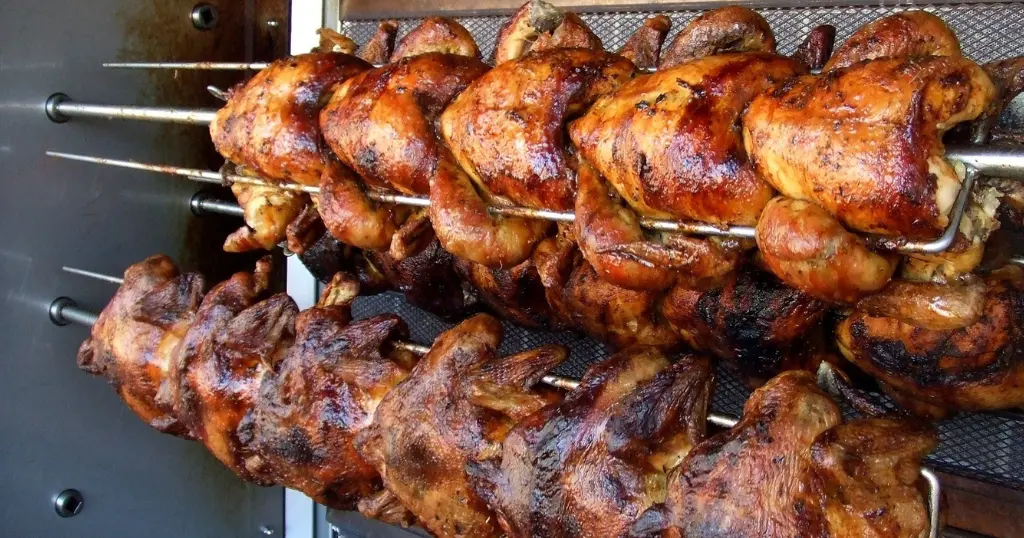
Given all these pieces of equipment, you might ask: How much is the starting capital for a lechon manok business? We’ve broken it down for you:
- Charcoal Grill (Can cook up to 40 whole chickens) = Php25,000 to Php30,000
- Chest Freezer (Can store up to 100 kilos of chicken) = Php15,000 to Php25,000
- Kitchen Utensils = Php4,000 to Php10,000
- Fresh Dressed Chicken = Php150 to Php200 per kilo
- Coal = Php200 to Php280 per sack
- Packaging = Php4,000 to Php6,000
- Business Permits and Clearances = Php5,000 to Php10,000
- Marketing Budget = Php3,000 to Php5,000
- Business Location (Rent) = Php6,000 to Php10,000
- Business Location (Construction) = Php15,000 to Php40,000
Total Starting Capital: Php90,000 to Php140,000
How much is the income of a lechon manok business? Let’s compute how much you’ll earn during a week-long operation. Here’s an approximation:
45 whole chicken x Php150 = Php6,750 (Sold for Php250 per piece / Php130 half chicken)
1 sack of coal x Php250 = Php250
Ingredients = Php1,000
Utilities (Electricity, Water, Packaging) = Php1,000
Profit: Php2,250 (per day) Php15,750 (per week)*
*If you can consistently sell 45 to 100 pieces of chicken every day, you can earn roughly this much and more.
5) Requirements for a lechon manok business
Like any other business in the Philippines, you need to accomplish and submit a few documents before you can start your lechon manok business. Your business permit is one of the most important documents you need to secure. Here’s a step-by-step guide on how to get it:
Step 1: Visit your city or municipality’s Business Permit and Licensing Office.
Step 2: Fill out an application form.
Step 3: Submit your application form with all the requirements like your Certificate of Business Name Registration, Barangay Business Clearance, and Contract of Lease (if you’re renting). You may also need clearance from your city/municipality sanitation office and fire department.
Step 4: Pay for the tax and fees.
Step 5: Claim your business permit.
You’ll also need to register your business name with the Department of Trade and Industry. You need to stop by the Bureau of Internal Revenue to get an official receipt for your business.
It sounds intimidating and tedious, but government offices often have “one-stop windows” where they’ll tell you who you need to talk to, what you need to prepare first, and which offices you need to visit.
Other options for a lechon manok business
If you can’t start your own lechon manok business from scratch, you can also try franchising.
A few lechon manok businesses in the Philippines are open for franchising. Here are some you can choose from:
Andok’s Litson Manok
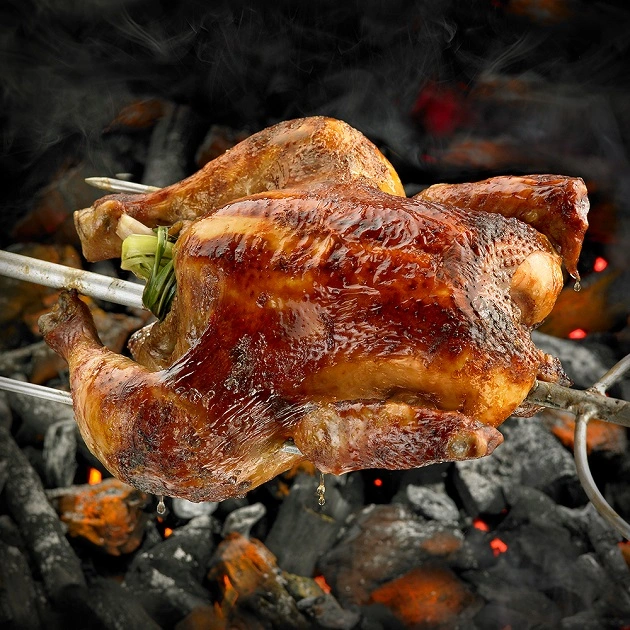
Andok’s is a popular lechon manok brand, so you don’t have to worry about marketing your product.
The total capital investment costs around Php2.5 million for a take-out stall and Php7.5 to Php10 million for a dine-in stall.
Their franchise fee costs around Php300,000 to Php500,000.
Baliwag Lechon Manok
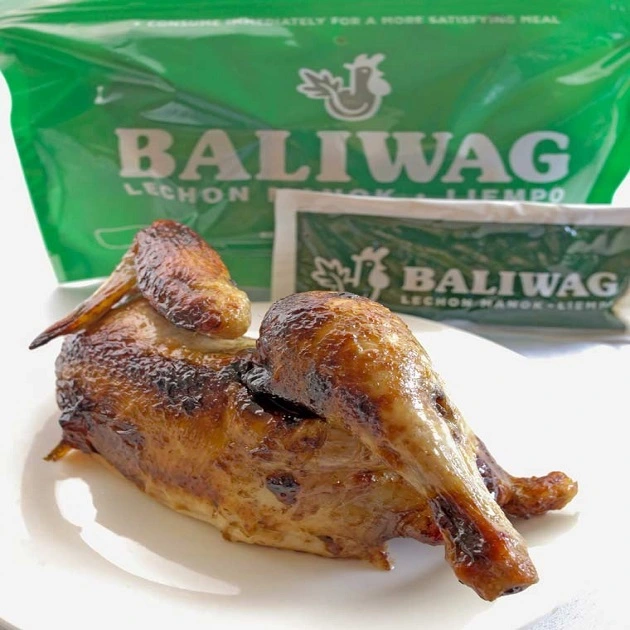
Baliwag is another lechon manok business open for franchise. They have carts and kiosks with a franchise fee that ranges from Php250,000 to Php750,000.
Their packages include all the lechon manok equipment you’ll need, cashiering and cleaning supplies, employee uniforms, and more.
Dos and don’ts before starting your own lechon manok business
DO: Make a thorough research
You can’t make a good business plan if you don’t research the market of lechon manok in your location.
These are some of the questions you should be able to answer after your market research:
- Who is my target market?
- What makes my lechon manok different and special?
- How much can I sell my lechon manok for?
- What other services and products can I offer my customers?
Do: Join lechon manok business seminars and training sessions
The Department of Trade and Industry (DTI) often hold training and seminars for small business owners or those looking to start their own small business.
You can visit their website for the events and training sessions schedule.
Don’t miss a chance to join business expos as well. These are mostly organized by private businesses in collaboration with the government. These training sessions and seminars will help you understand everything you need to know about starting your own business—from the planning stage to costing and pricing.
All in all
Many small business owners who have started their own lechon manok business will tell you it’s a profitable venture if you’re willing to take a risk. As long as you have everything on this list and with enough proper training, who knows? Your homemade lechon manok recipe might just become the next best thing in the business.
